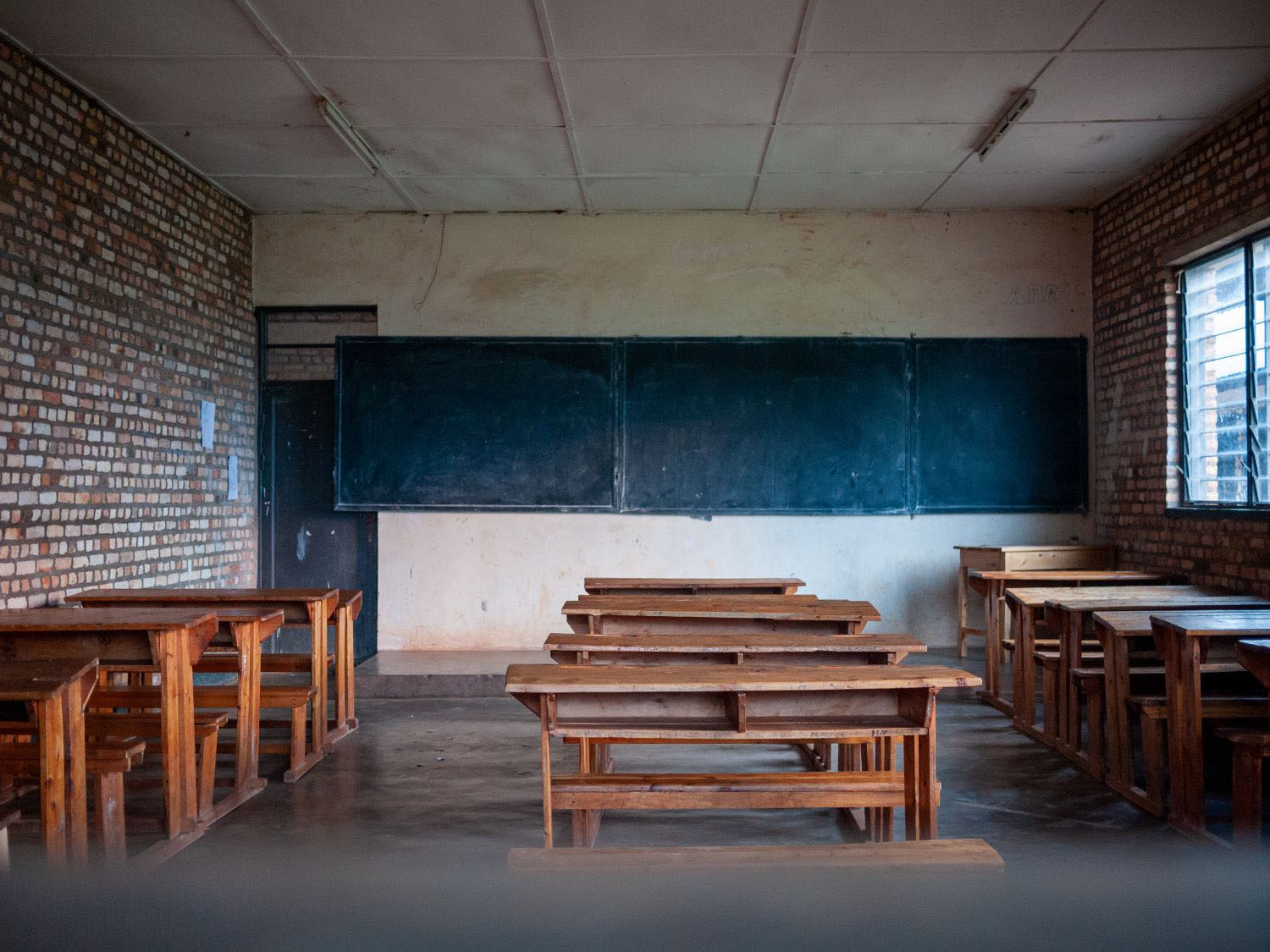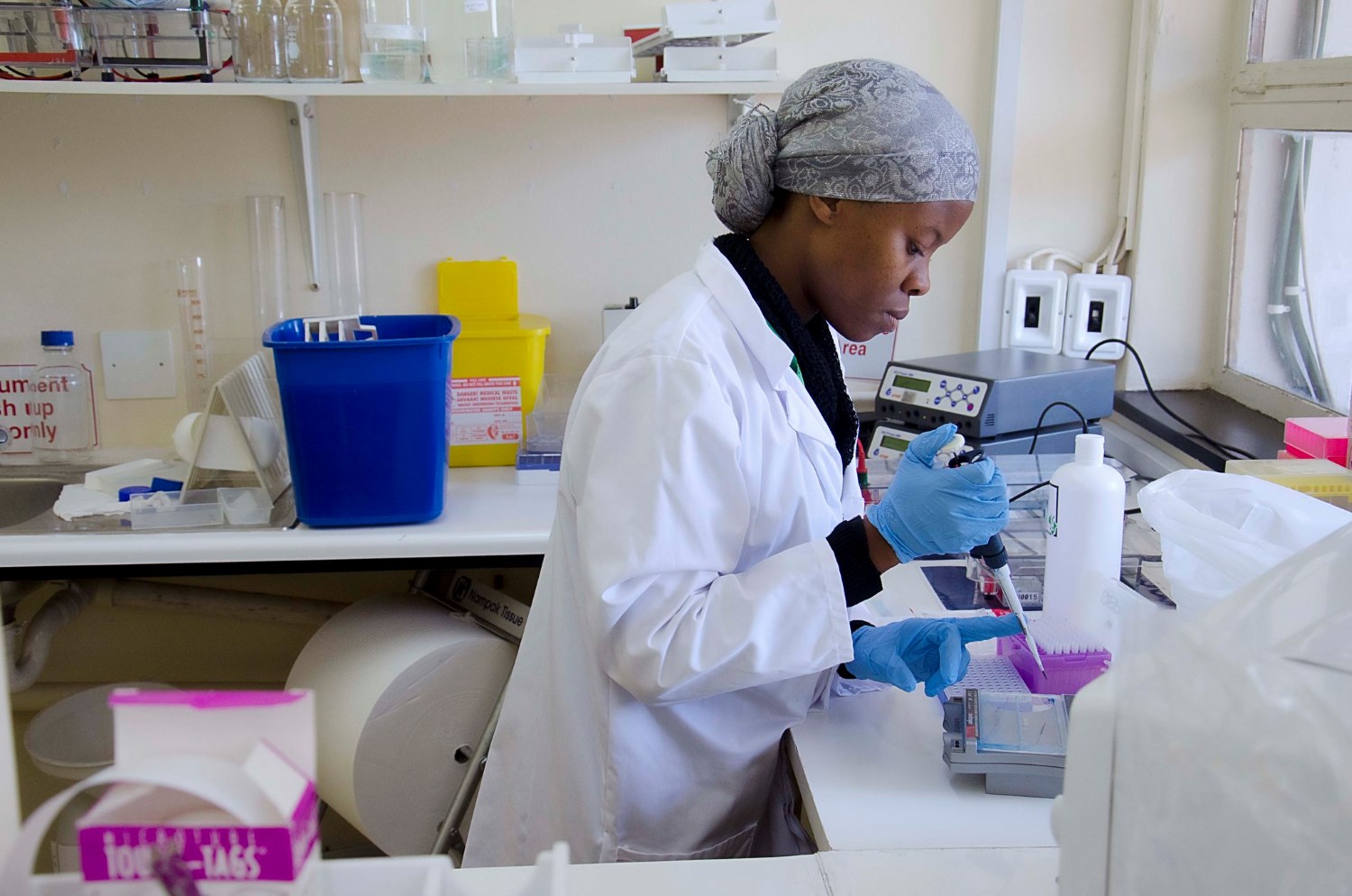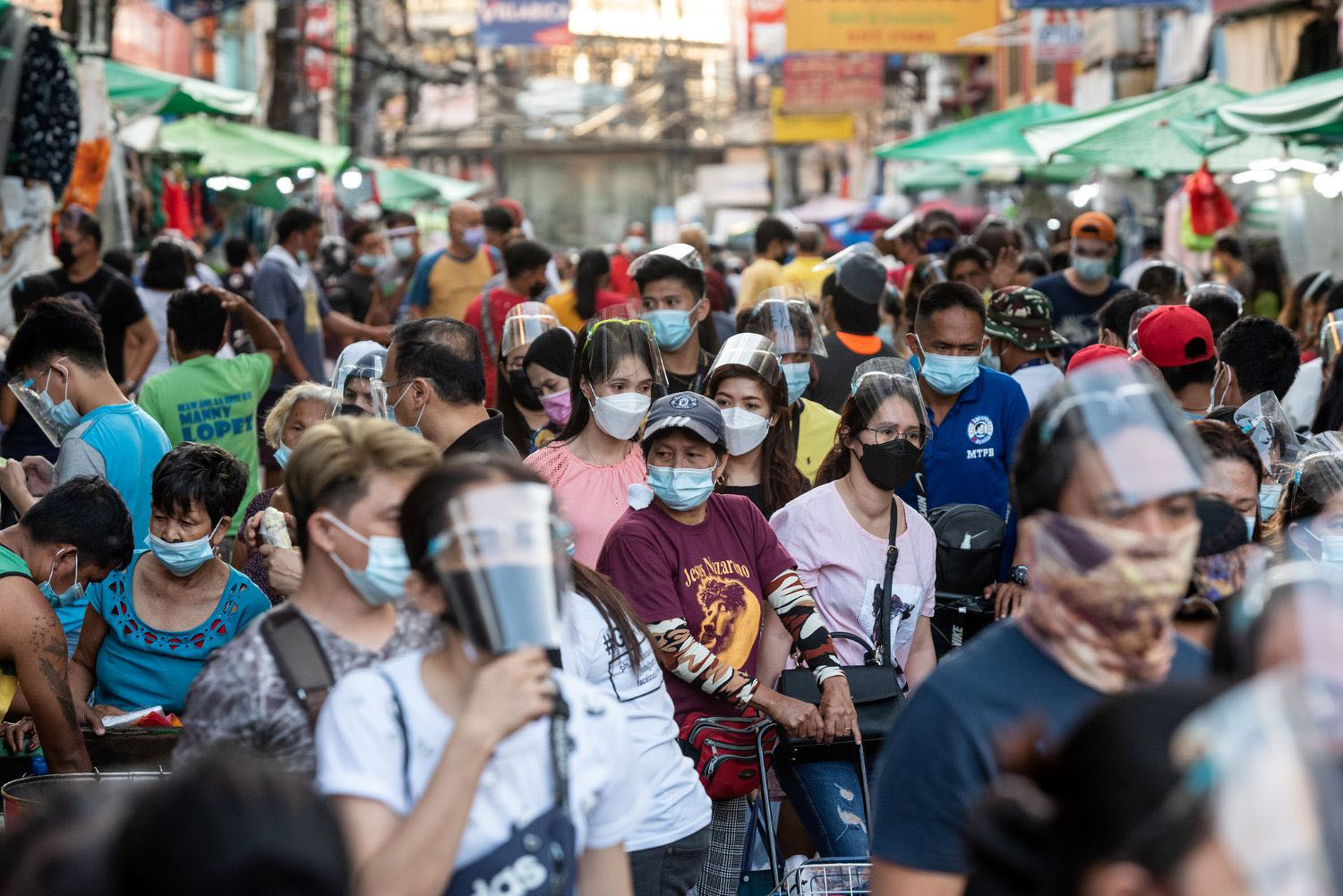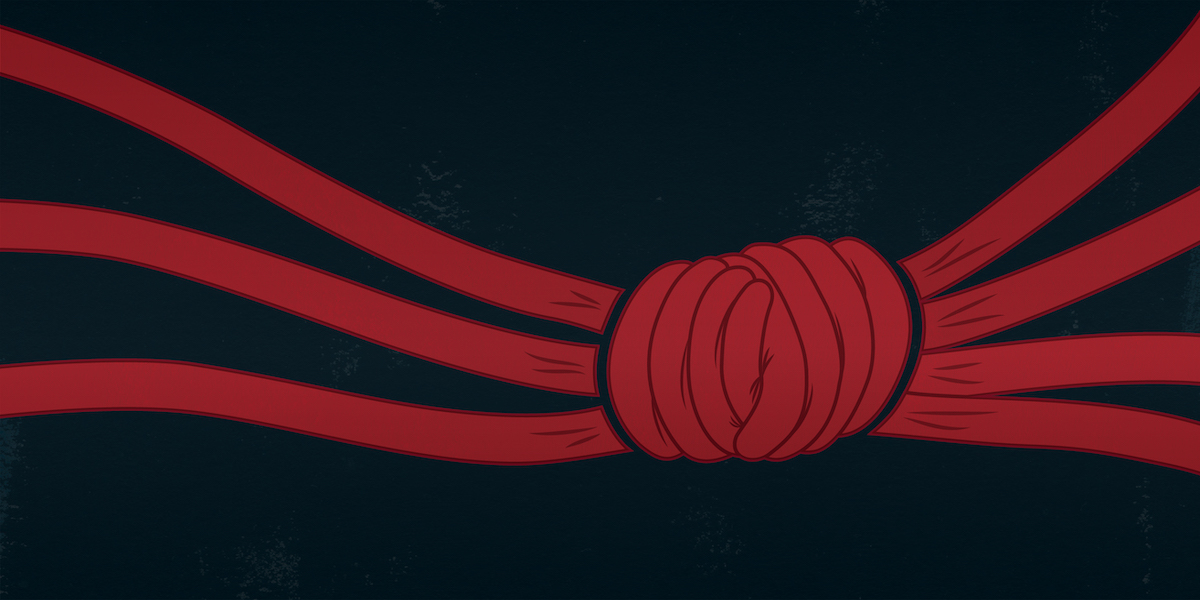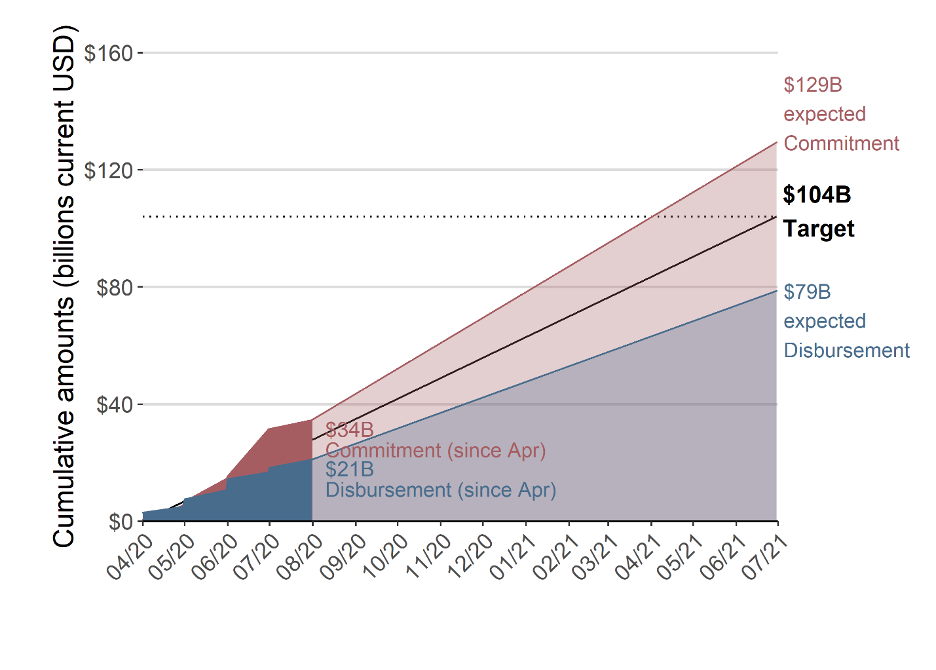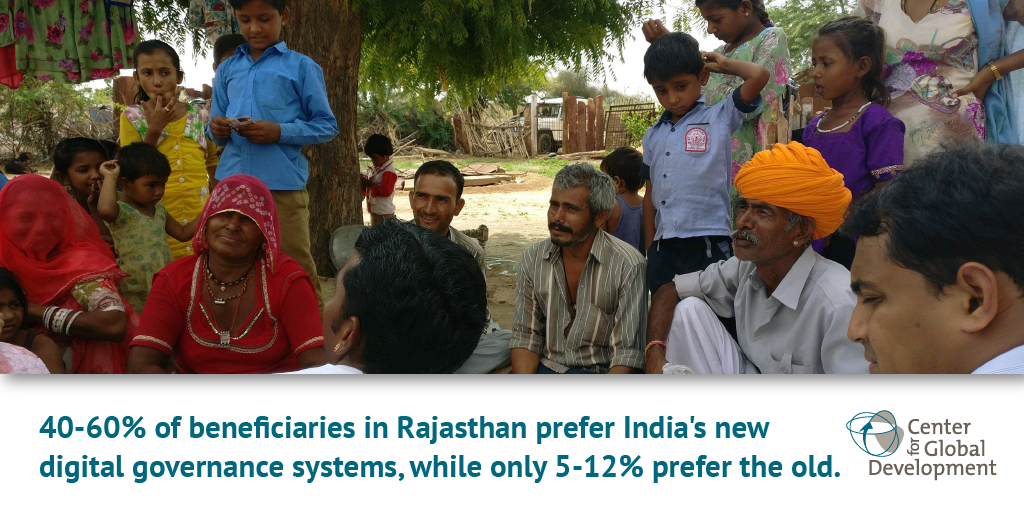Ideas to action: independent research for global prosperity
Research
Innovative, independent, peer-reviewed. Explore the latest economic research and policy proposals from CGD’s global development experts.
WORKING PAPERS
April 11, 2024
POLICY PAPERS
April 15, 2024
CGD NOTES
April 08, 2024
WORKING PAPERS
April 04, 2024
All Research
Filters:
Experts
Facet Toggle
Topics
Facet Toggle
Publication Type
Facet Toggle
Time Frame
Facet Toggle
Research
WORKING PAPERS
June 09, 2022
Does channeling government-to-person (G2P) payments through bank accounts encourage financial inclusion and use? This paper explores the factors that have driven the adoption of digital payments in India by beneficiaries of PMGKY, the large-scale COVID-19 relief program launched in May 2020.
WORKING PAPERS
March 31, 2021
China is the world’s largest official creditor, but we lack basic facts about the terms and conditions of its lending. Very few contracts between Chinese lenders and their government borrowers have ever been published or studied. This paper is the first systematic analysis of the legal terms of Chin...
WORKING PAPERS
October 12, 2020
We compile a new data set, combining official sources with transaction-level records scraped from the World Bank website, spanning all commitments, disbursements, and payments on all World Bank loans from before the 2008-09 Global Financial Crisis through August 2020, allowing us to compare the...
WORKING PAPERS
June 27, 2019
The state of Andhra Pradesh is recognized as a leader in using technology to improve the delivery of public services, programs and subsidies. This paper reports on research to better understand the functioning and effectiveness of its reforms to strengthen state capacity by digitalizing service deli...
WORKING PAPERS
July 10, 2018
India is at the forefront of the use of digital technology to transform the way in which citizens interact with states. This paper provides a picture of the perceived impact of digitization reforms in Rajasthan, based on a survey of beneficiaries of several benefit programs. We find that, on balance...
WORKING PAPERS
December 13, 2017
India’s tax revenue distribution reform creates the world’s first ecological fiscal transfers (EFTs) for forest cover, and a potential model for other countries. In this paper we discuss the origin of India’s EFTs and their potential effects. In a simple preliminary analy...


